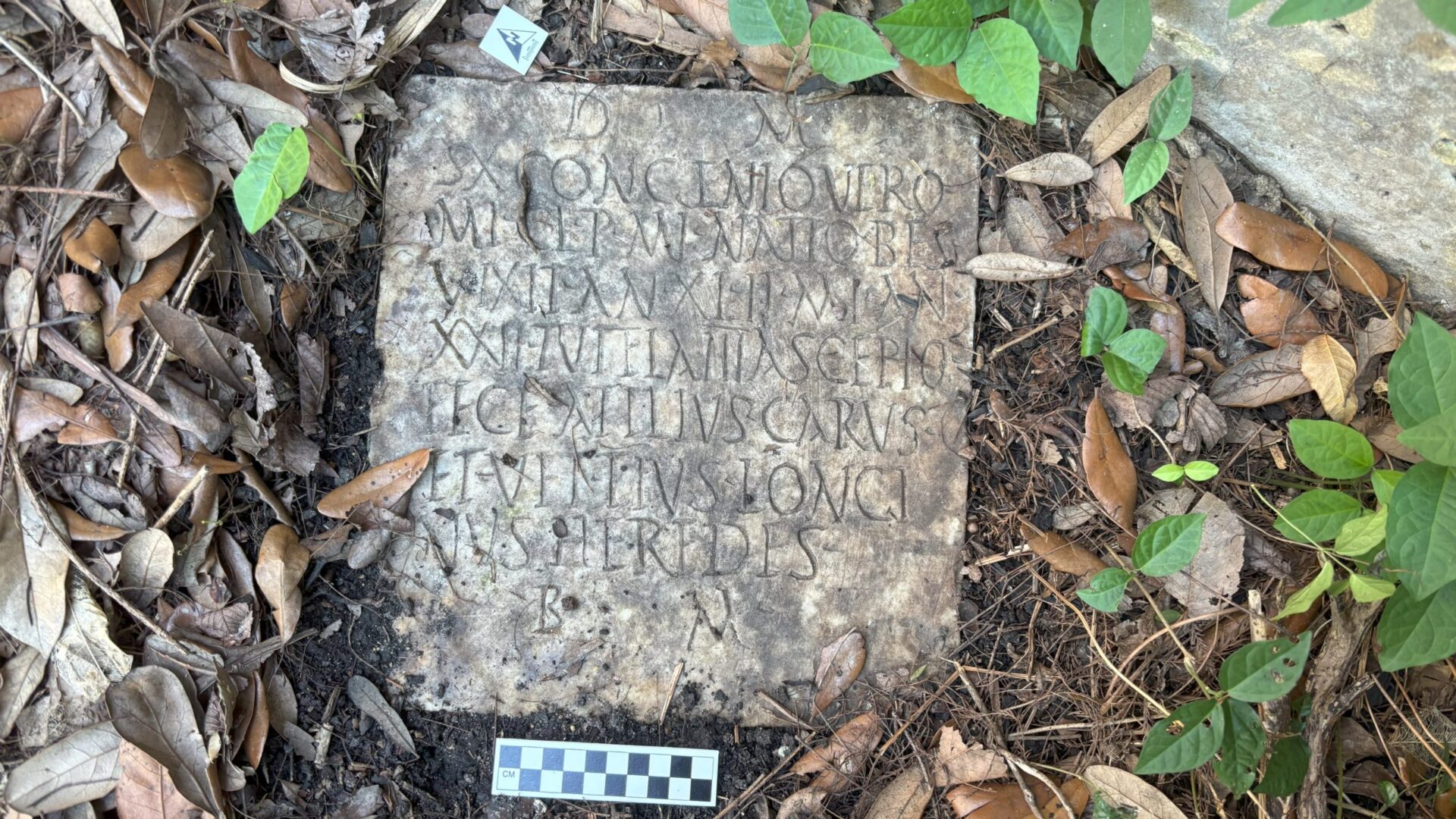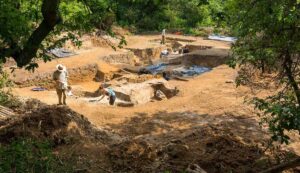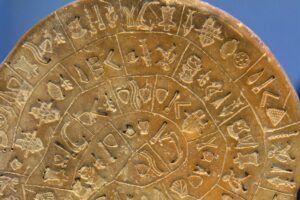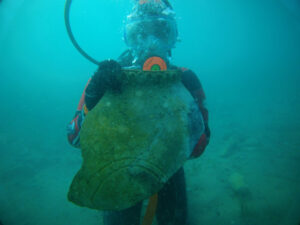Stories of ancient Roman artifacts and ruins being dug up in back gardens or disrupting construction projects are common. It seems that a British pensioner can hardly dig a new plot for potatoes, nor an Italian municipality put in a new road, without Roman artifacts interfering.
But New Orleans, an ocean away from the former Roman Empire, should have been a safe bet. Not so. Last spring, Tulane University anthropologist Daniella Santoro and her husband, Aaron Lorenz, found a Latin-engraved and seemingly ancient stone in their backyard.
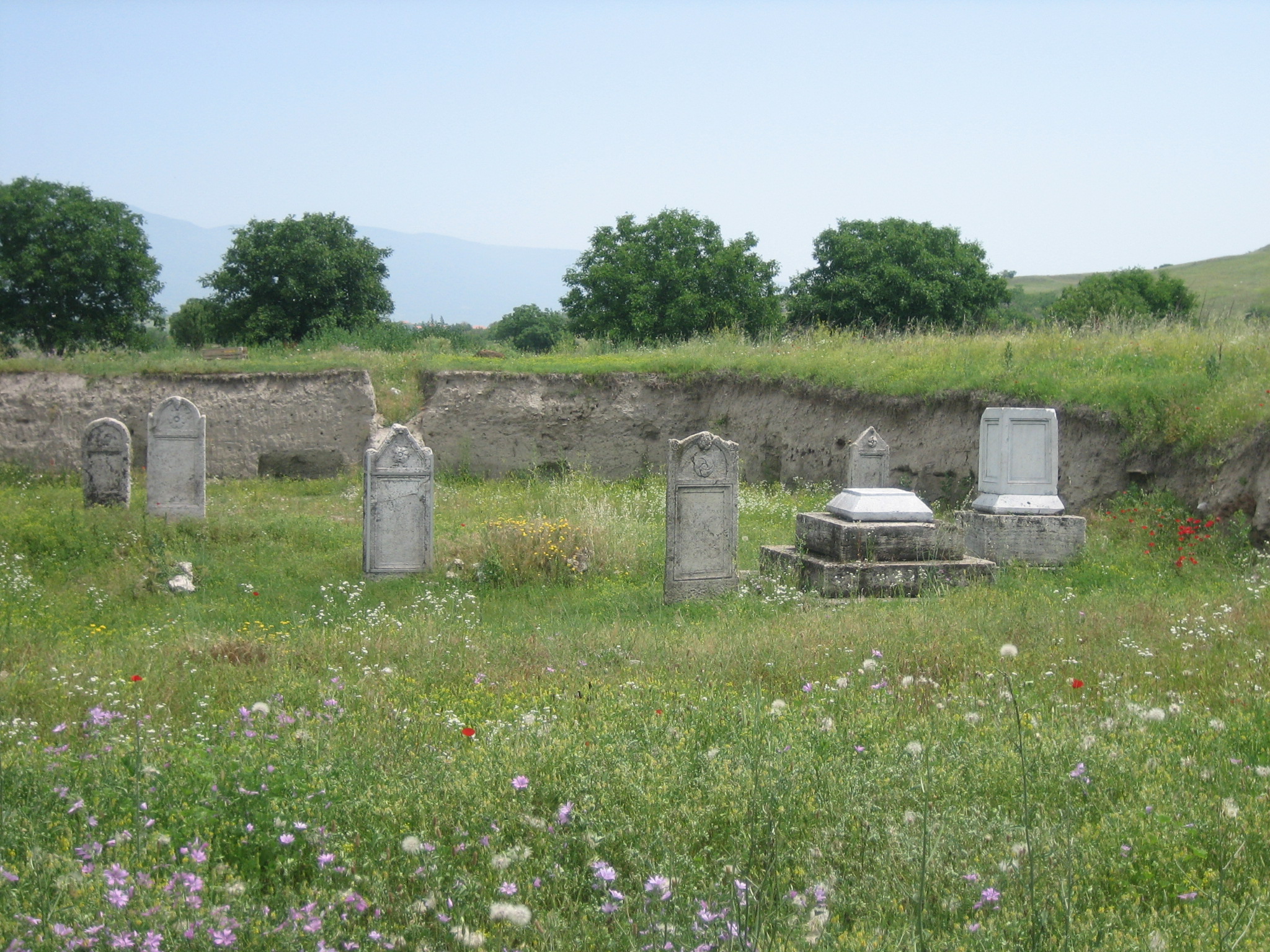
This Roman graveyard in Northern Macedonia is the kind of place you expect to find Roman headstones. Photo: Wikimedia Commons
Could it be real?
Their first concern was that, like many New Orleans constructions, their home was built on an older cemetery. Santoro reached out to D. Ryan Gray of the Preservation Resource Center of New Orleans. Gray, a fellow professor of anthropology, helps map the hidden cemeteries and burial grounds of New Orleans.
He checked the location, but the couple’s cheerful yellow house in Carrollton, New Orleans, didn’t lie on any known burial site. That’s when Gray turned to the curious Latin inscription. While Gray sent it to an expert in Austria, Santoro passed the inscription onto a colleague at her university, Dr. Susann Lusnia. Both classicists returned with the same conclusion: This wasn’t another Roman artifact hoax.
The stone reads, roughly, as follows:
To the Spirits of the Dead for Sextus Congenius Verus, soldier of the praetorian fleet Misenensis, from the tribe of the Bessi, [who] lived 42 years [and] served 22 in the military, on the trieme Asclepius. Atilius Carus and Vettius Longinus, his heirs, made [this] for him [who was] well deserving.”
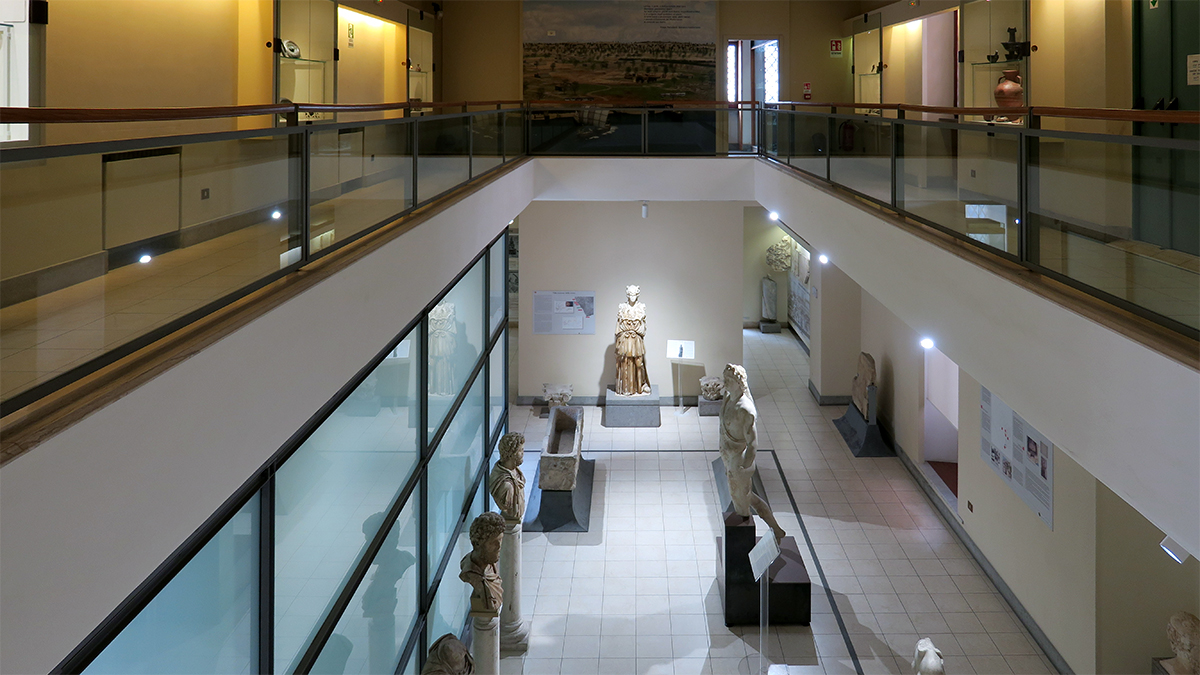
The gravestone is being repatriated to this Italian archaeological museum. Photo: National Archeological Museum of Civitavecchia
How did it get to New Orleans?
It’s an obvious question. How did a 2nd-century Roman navy man’s headstone end up in Louisiana? The two experts provided a vital clue. You see, modern archaeology had already uncovered the tombstone of Sextus Congenius Verus, near an old Roman port in Italy.
For decades, it had been listed as missing from the local museum. The city of Civitavecchia, which Sextus would have known as Centumcellae, was a target of intense Allied bombing during the Second World War. In the destruction of the bombs and the chaos of post-war Italy, much of the collection was lost or destroyed.
The story of the mysterious ancient Roman tombstone made it on the news, where Erin Scott O’Brien recognized her old home — and her old decorative garden stone.
O’Brien had placed the stone in the garden in the early 2000s and left it there when she moved out a decade later. She’d inherited what she thought was a piece of yard art from her maternal grandparents. Her grandfather, Charles Paddock Jr, was a WW2 vet who had spent much of the war in Italy. Paddock brought the stone, and his wife Adele, back from the war.
The couple had put the stone in a display case in their home. There it remained until they both died in the 1980s. Eventually, it ended up with his granddaughter, Erin O’Brien.
Now, finally, it’s going back to Italy. The tombstone is now in the hands of the FBI’s Art Crime team, who are working to repatriate it to Civitavecchia.
